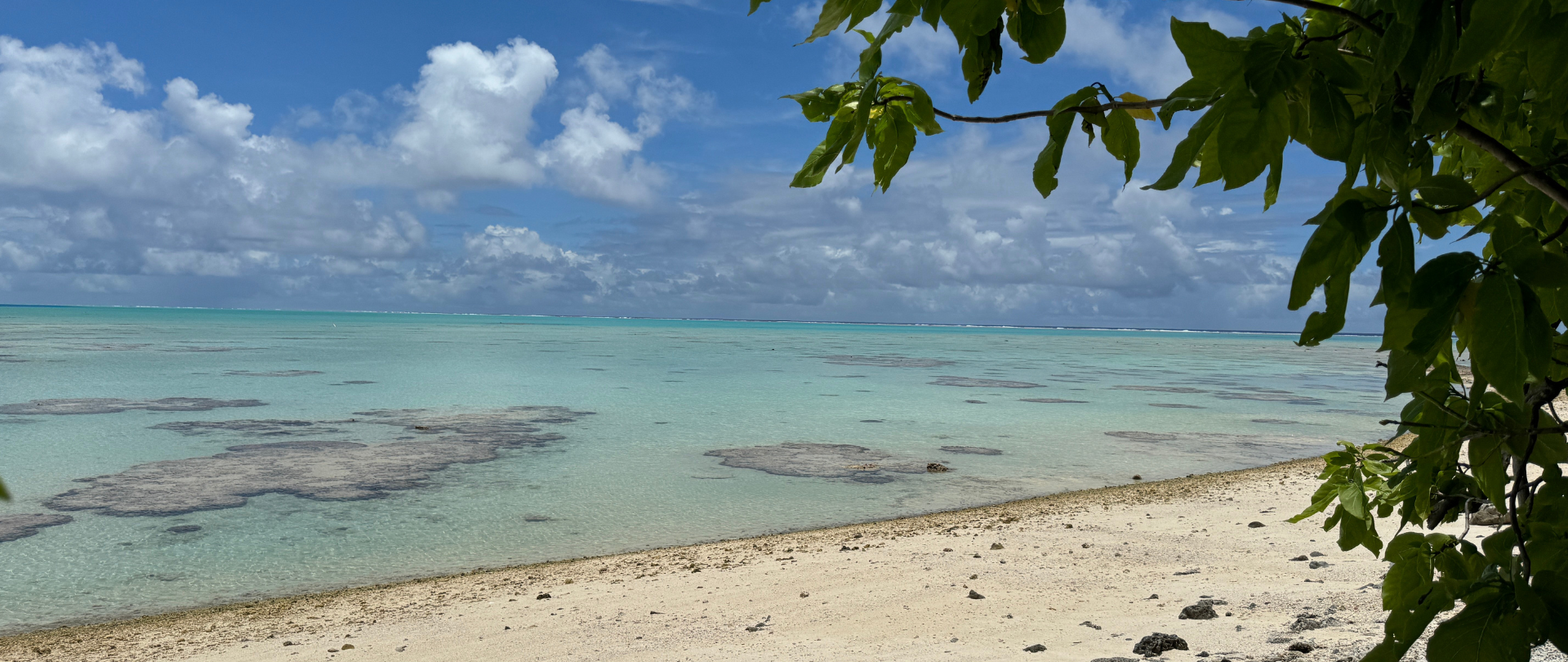March 20, 2025
The Database of Island Invasive Species Eradications (DIISE)
The DIISE is full of important, publicly-accessible data about projects to remove invasive species from islands all around the world!
We use cookies to help you navigate efficiently and perform certain functions. You will find detailed information about all cookies under each consent category below.
The cookies that are categorized as "Necessary" are stored on your browser as they are essential for enabling the basic functionalities of the site. ...
Necessary cookies are required to enable the basic features of this site, such as providing secure log-in or adjusting your consent preferences. These cookies do not store any personally identifiable data.
Functional cookies help perform certain functionalities like sharing the content of the website on social media platforms, collecting feedback, and other third-party features.
Analytical cookies are used to understand how visitors interact with the website. These cookies help provide information on metrics such as the number of visitors, bounce rate, traffic source, etc.
Performance cookies are used to understand and analyze the key performance indexes of the website which helps in delivering a better user experience for the visitors.
Advertisement cookies are used to provide visitors with customized advertisements based on the pages you visited previously and to analyze the effectiveness of the ad campaigns.
Looking to make an impact this Earth Month? Here’s how.

The Marshall Islands are home to some of the world’s most pristine coral atoll ecosystems—and now, they’re legally protected.
Powered by the Island-Ocean Connection Challenge (IOCC), we began our work in partnership with the government and local communities to restore and rewild remote atolls in the Republic of the Marshall Islands (RMI). And as of this year, two of our key sites—Bikar and Bokak Atolls—are officially part of a new marine sanctuary!
Covering 18,500 square miles around the Bikar and Bokak atolls, this sanctuary is home to some of the most pristine marine ecosystems on Earth. The protection of these areas not only preserves their natural beauty but also highlights the Marshall Islands’ commitment to environmental stewardship.
By limiting and regulating human activities in the region, RMI creates a safe haven for vulnerable species that could be impacted by fishing, drilling, and other extractive practices. And Bikar and Bokak are perfect for this kind of protection—key nesting sites for Green Sea Turtles, the surrounding reefs are also prime feeding and breeding ground for deep-sea sharks, giant clams, and parrotfish, all of which are crucial for maintaining the health of the reef.
This bold step evinces the commitment of RMI’s government to protect and nourish their precious ecosystems, making them a world leader in conservation. And it also contributes meaningfully to 30×30, a global initiative that aims to protect 30% of Earth’s land and ocean in the form of sanctuaries just like this one by 2030.
The IOCC, a collaborative effort involving NGOs, governments, scientists, and local communities, aims to restore and rewild island-ocean ecosystems from ridge to reef. Our projects on Bikar and Bokak are now part of the legacy of a massive marine sanctuary larger than the country of Switzerland. This commitment signals a bright future for the Pacific, along with the animals, people, and ecosystems that depend on it.
Check out other journal entries we think you might be interested in.
Notifications